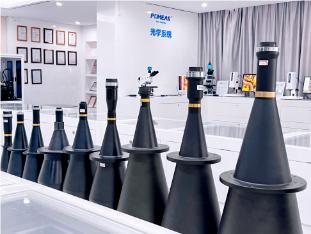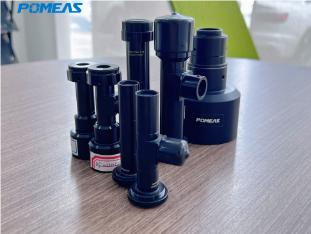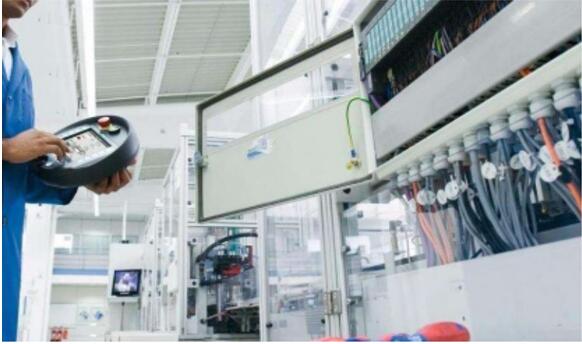
As the core component of precision optical measurement, industrial telecentric lenses play an irreplaceable role in semiconductor inspection, precision parts measurement and other fields by virtue of their unique imaging characteristics. According to the optical path design principle, telecentric lenses can be divided into three types: object-side telecentric, image-side telecentric and double telecentric, each with its own characteristic imaging mechanism that makes it suitable for different industrial scenarios.


By placing the aperture diaphragm on the focal plane of the optical system on the image side, the Object Distance Telecentric Lens realizes dimensional stability when the object distance changes. When the position of the object to be measured is slightly shifted, although the image distance will be changed, but the height of the image plane will always remain the same, this “distance immunity” feature makes it the first choice for industrial precision dimensional measurement. In the inspection of mechanical parts, positioning of electronic components and other scenarios that require strict measurement accuracy, the Objective Telecentric Lens can effectively eliminate the measurement deviation caused by installation errors.
The image-side telecentric lens adopts the reverse design idea, placing the aperture diaphragm on the focal plane of the object side. This structure allows the main light ray of the image side to propagate parallel to the optical axis, so that the image size remains stable even if there is a slight deviation in the mounting position of the CCD chip. This feature makes it ideal for use in vision positioning systems on automated production lines, especially in environments where camera components need to be changed frequently or where there are mechanical vibrations.


The double telecentric lens, as a technology masterpiece, has the dual advantages of both object-side and image-side telecentricity. By setting up aperture diaphragms in the focal planes of both the object and image sides, it eliminates the influence of object distance changes and avoids the errors caused by image plane position shifts. This “double insurance” design makes it useful in microelectronics packaging, high-precision three-dimensional measurement and other ultra-precision fields. However, the complex structural design also leads to its manufacturing cost is significantly higher than the first two types of lenses.
Product recommendation
TECHNICAL SOLUTION
MORE+You may also be interested in the following information
FREE CONSULTING SERVICE
Let’s help you to find the right solution for your project!

- APPICATION CASE
- RESOURCE CENTER
- DOWNLOAD CENTER
SOLUTIONS SUPPORT
- ZOOM LENS SELECTION TOOL
- TELECENTRIC LENS SELECTION TOOL
- FA LENS SELECTION TOOL
- ZOOM RATIO TABLE
- CERTIFIED MODEL
SELECTION TOOL
- WHY POMEAS
- FAQ
- PRIVACY POLICY
- TERMS OF USE
- DELIVERY & RETURN POLICY
CUSTOMER CARE
 ADDRESS
ADDRESS
Add.:No.68, Chongwei Road, Baizhoubian, East district, Dongguan, China, 523000
CONTACT
 Tel:+ 86-0769-2266 0867
Tel:+ 86-0769-2266 0867
 Fax:+ 86-0769-2266 0867
Fax:+ 86-0769-2266 0867
 E-mail:marketing@pomeas.com
E-mail:marketing@pomeas.com

Wechat QR code

 ASK POMEAS
ASK POMEAS  PRICE INQUIRY
PRICE INQUIRY  REQUEST DEMO/TEST
REQUEST DEMO/TEST  FREE TRIAL UNIT
FREE TRIAL UNIT  ACCURATE SELECTION
ACCURATE SELECTION 